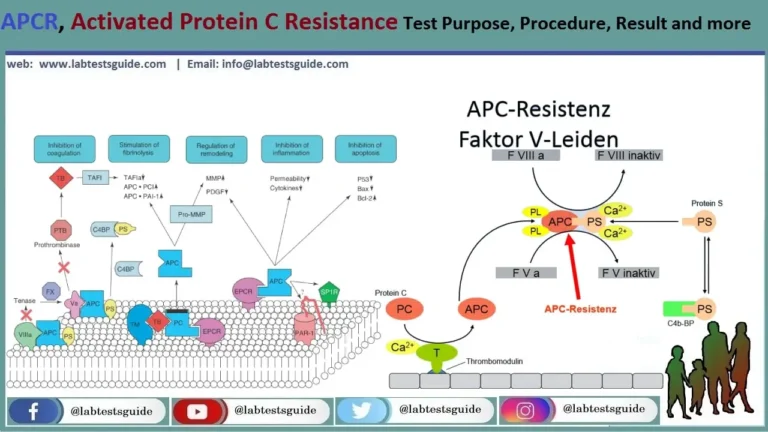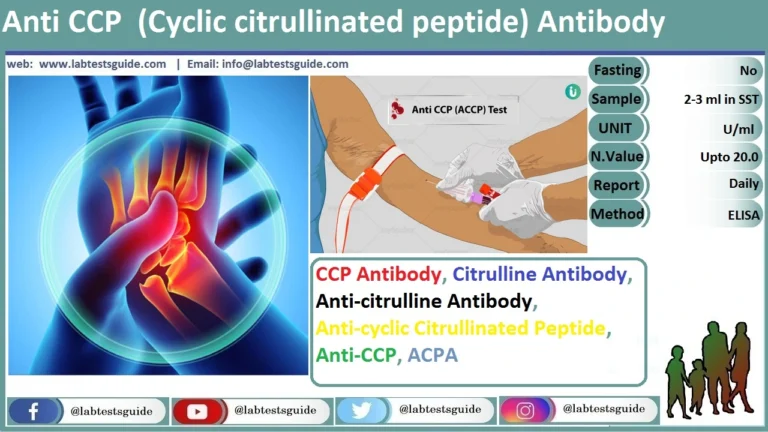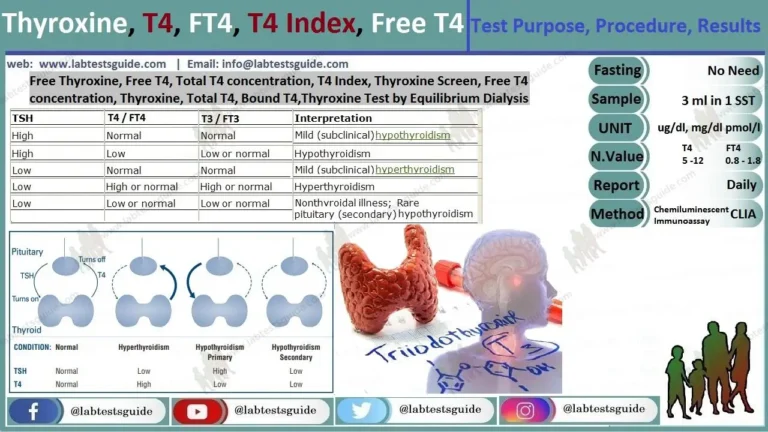Clotting factor IV is a calcium ion that plays an important role in all 3 pathways. Some of the clotting factors function as serine proteases, specifically factors II, VI, IX, and X.

Also Known as: Coagulation Fators, Factor Assays, Blood Clotting Factors, Clotting Factors, Factor I, Factor II, Factor III,Factor IV, Factor V, Factor VI, Factor VII, Factor VIII, Factor IX, Factor X, Factor XI, Factor XII,Factor XIII
Related Tests: Prothrombin Time (PT), Partial Thromboplastin Time (PTT), Fibrinogen, Activated Partial Thromboplastin Time (APTT)
Why Get Tested:
- To measure the coagulation factor concentration in the blood.
- To find the inherited or acquired bleeding disorders.
- If there is a history of bruises or excessive bleeding.
- If there are prolonged PT or PTT.
- Acquired conditions like Vit. K deficiency or liver disease.
- Maybe advised to monitor the treatment of a patient with factor deficiency.
When to get Tested:
- When you have unexplained or prolonged bleeding
- When you have abnormal coagulation screening tests, such as prothrombin time (PT) or partial thromboplastin time (PTT)
- When you have a family member with a hereditary coagulation factor deficiency
- You may have a test when your healthcare professional wants to control the severity of a factor deficiency and / or the effectiveness of the treatment.
Sample Required:
- The plasma is needed, take 5 ml of venous blood and add sodium citrate as the anticoagulant.
- Perform the assay immediately or as soon as possible.
- For factors II, V, VII, and X, place the citrated plasma on ice immediately, and the sample is stable for 2 hours.
- Freeze if it is delayed >2 hours.
Test Preparation Needed
No need any Preparation for this sample.
List of factors:
The table lists 13 of 20 different coagulation factors involved in the coagulation cascade that are vital to normal blood clotting.
| Coagulation Factor | Other Common Name |
|---|---|
| Factor I | Fibrinogen |
| Facto II | Prothrombin |
| Factor III | Tissue factor or thromboplastin |
| Factor IV | Calcium |
| Factor V | Proaccelerin (Labile factor) |
| Factor VI | Unassigned – old name of Factor Va |
| Factor VII | Proconvertin (Stable factor) |
| Factor VIII | Antihaemophilic factor A, Antihaemophilic globulin |
| Factor IX | Antihaemophilic factor B, Plasma thromboplastin component, Christmas factor |
| Factor X | Stuart-Prower factor |
| Factor XI | Plasma thromboplastin antecedent, Haemophilia C, Rosenthal syndrome |
| Factor XII | Hageman factor |
| Factor XIII | Fibrin stabilising factor, Laki-Lorand factor |
Normal Values:
| Factors | Normal Values |
|---|---|
| Factor I (Fibrinogen) | Adult = 200 to 400 mg/dLNewborn = 125 to 300 mg/dL |
| Factor II (Prothrombin) | 10 to 15 mg/dL |
| Factor III (Thromboplastin) | |
| Factor IV (Ionized calcium) | 4.60 to 5.08 mg/dL |
| Factor V (Labile Factor) | 5 to 10 mg/dL |
| Factor VI | Not existing |
| Factor VII (Stable factor) | 5 to 20 mg/dL |
| Factor VIII (Antihemophilic factor) | 30 mg/dL |
| Factor IX (Christmas factor) | 30 mg/dL |
| Factor X (Stuart factor) | 8 to 10 mg/dL |
| Factor XI (Plasma thromboplastin) | 25 mg/dL |
| Factor XII (Hageman factor) | |
| Factor XIII (Fibrin-stabilizing factor) | |
| Von Willebrand factor |
Abnormal levels
If you have low levels of ionized calcium in your blood, it can indicate:
- hypoparathyroidism, which is an underactive parathyroid gland
- inherited resistance to parathyroid hormone
- malabsorption of calcium
- a vitamin D deficiency
- osteomalacia or rickets, which is a softening of the bones (in many cases due to a vitamin D deficiency)
- a magnesium deficiency
- high phosphorus levels
- acute pancreatitis, which is an inflammation of the pancreas
- Kidney failure
- Malnutrition
- Alcoholism
If you have a high level of ionized calcium in your blood, it can indicate:
- Hyperparathyroidism, which is an overactive parathyroid gland
- a sedentary lifestyle or lack of mobility
- milk-alkali syndrome, which is high levels of calcium in the body due to consuming too much milk, antacids, or calcium carbonate over time
- multiple myeloma, which is cancer of the plasma cells (a type of white blood cell that produces antibodies)
- Paget’s disease, which is a disorder that results in deformity due to abnormal bone destruction and growth
- sarcoidosis, which is an inflammatory disease that affects the eyes, skin, and other organs
- tuberculosis, which is a potentially life-threatening disease caused by the bacterium Mycobacterium tuberculosis
- a kidney transplant
- the use of thiazide diuretics
- certain kinds of tumors
- an overdose of vitamin D
Your doctor will discuss your results with you. They’ll also help determine your next steps if any are needed.
Diseases Leading To Coagulation Factor Deficiency:
| Disease | Factor deficiency |
|---|---|
| Disseminated intravascular coagulopathy | I, V, VIII |
| Liver diseases | I, II, V, VII, IX, X, XI |
| Autoimmune diseases | VIII |
| Congenital deficiency | I, II, V, VII, VIII, IX, X, XI, XII |
| Vit K deficiency | II, VII, IX, X, XI |
| Heparin therapy | II |
| Warfarin therapy | II, VII, IX, X, XI |
| Fibrinolysis | I, V, VIII |
Possible References Used







